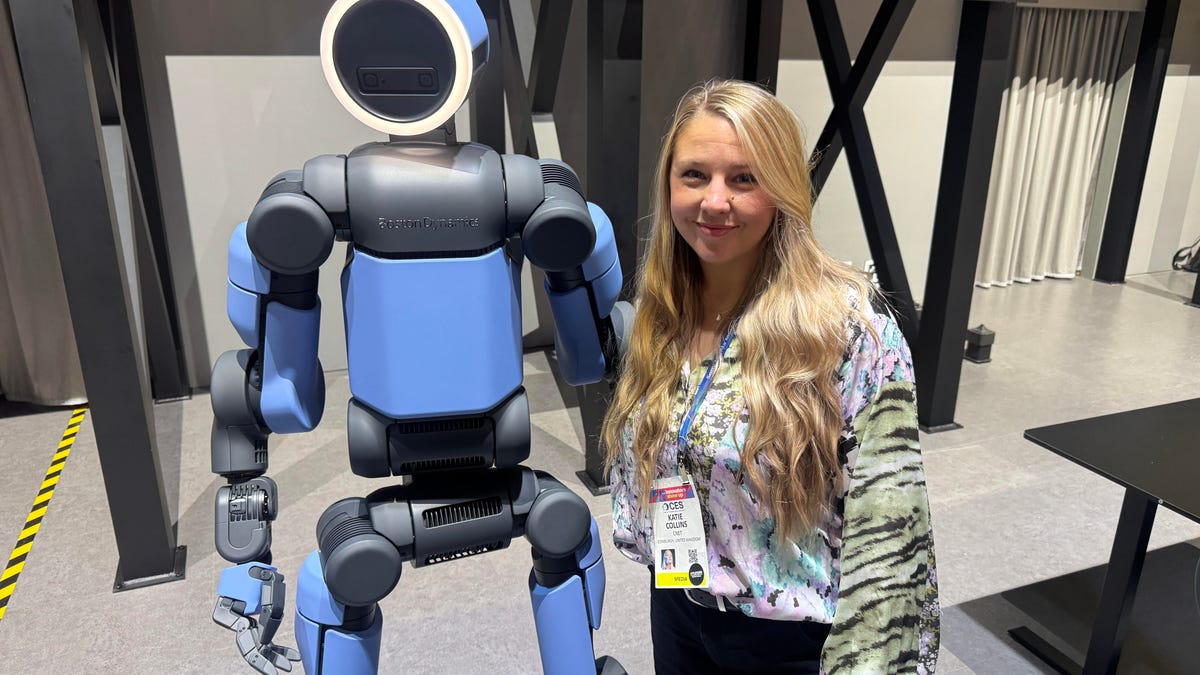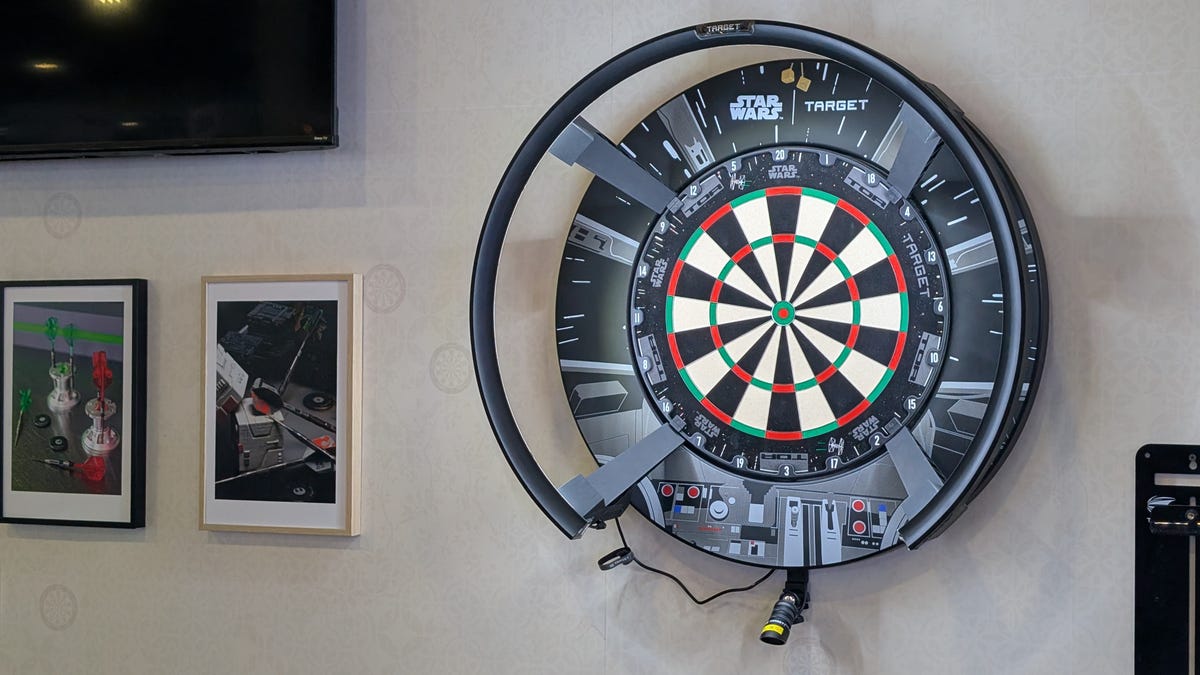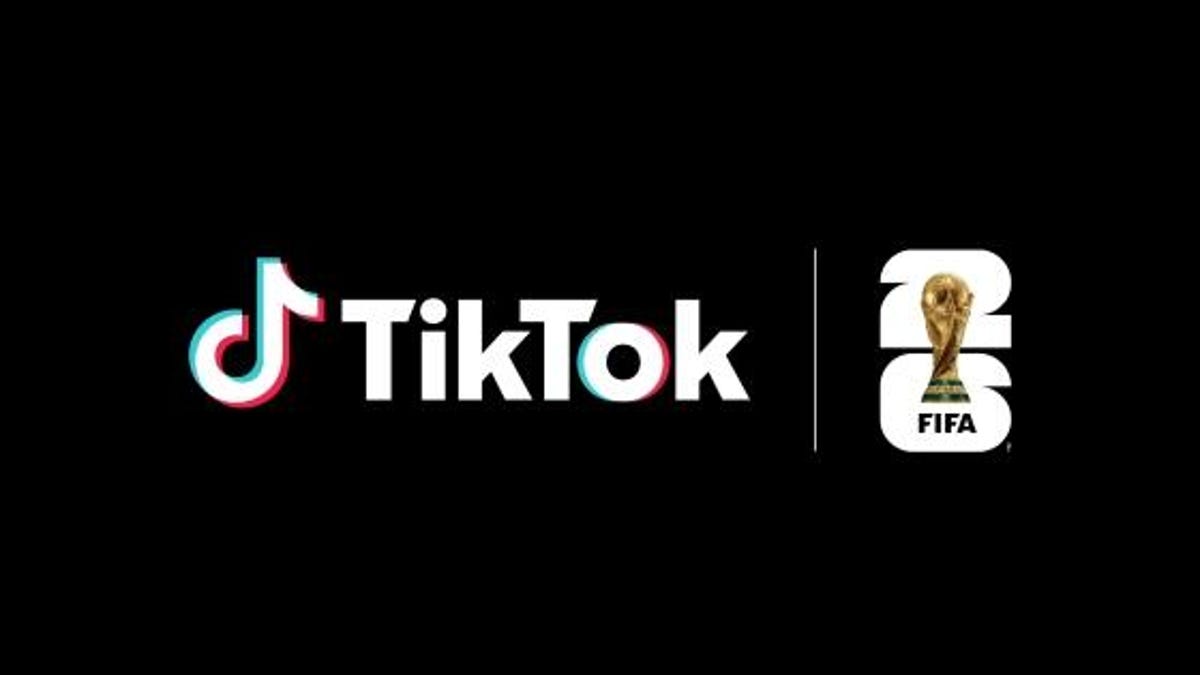Technologies
Meta Wants AI to Handle Every Part of Ad Creation. Here’s What That Means
This move can impact all Instagram and Facebook subscribers and the future of the global advertising industry.

Meta is diving even deeper into artificial intelligence. According to an exclusive Wall Street Journal report released Monday, the company behind Facebook and Instagram is developing AI systems that could eventually fully automate the process of creating and buying ads on those popular sites. This means no human copywriters, designers or media buyers will be involved.
It’s a controversial move that could shake up the $600 billion global ad industry. The announcement also raises fresh questions about creativity, accuracy and the future of marketing jobs.
A representative for Meta did not immediately respond to a request for comment.
Read more: What Is Meta AI? Everything to Know About the Tech Giant’s AI Tools
How would this work?
Seemingly, Meta’s end goal is to create a system that lets businesses simply explain their product or marketing ideas, alongside a budgeting goal, to the AI-driven ad tools and then the machine takes over from there. That means AI generates ad copy, visuals, targeting strategies and even media placement decisions, all without human intervention.
In the short term, this would start with AI making suggestions or streamlining parts of the ad process. But over time, Meta reportedly wants AI to be capable of managing entire campaigns on its own, from start to finish.
Meta’s spokesperson told the Journal that advertisers would remain «in control» of their campaigns, but the broader vision paints a future where AI is the creative director, media planner and performance analyst all in one.
Meta is all in on AI
AI is central to Meta’s long-term strategy. CEO Mark Zuckerberg has called AI the company’s «single largest investment area,» and with competitors like Google and Amazon also building AI-powered ad systems, Meta is racing to claim its stake in the game.
This also aligns with Meta’s broader ambitions to weave AI across its platforms. Meta has already integrated its Meta AI chatbot across Instagram, Facebook, Messenger and WhatsApp, explored creating AI avatars on Instagram, and worked generative AI tools into its apps, so automating advertising is just one more piece of a much larger puzzle.
Read more: How to Opt Out of Instagram and Facebook Using Your Posts for AI
Can anyone benefit from this move?
The effort builds on Meta’s existing suite of AI-powered ad tools, like Advantage+ and generative tools introduced in 2023. Those features already allow marketers to automatically create image backgrounds, write copy variations and test ad formats. What’s coming next could push those tools into full autonomy.
According to Meta, this isn’t just about improving efficiency, it’s about scale. Meta claims small businesses would be the key beneficiary of this AI approach, especially those lacking the time or resources to hire marketing teams. The idea is that AI can level the playing field between small businesses and multi-million dollar companies.
«In the not-too-distant future, we want to get to a world where any business will be able to just tell us what objective they’re trying to achieve, like selling something or getting a new customer, how much they’re willing to pay for each result, and connect their bank account and then we just do the rest for them,» Zuckerberg said during Meta’s annual shareholder meeting last week.
While Zuckerberg is calling this «a redefinition of the category of advertising,» critics are already raising concerns.
Mainly, media and ethics experts warn that fully automating ad creation could open the door to misinformation, biased targeting and further erosion of accountability in digital advertising. AI isn’t immune to mistakes or manipulation, and can be used to spread harmful messaging, such as AI-generated deepfakes.
Read more: Trump Signs Bill Banning Deepfakes, Nonconsensual Images
What can this mean for advertising agencies and jobs?
Critics are not just concerned with the accuracy for AI-driven ads, they’re also worried about the future of traditional ad agencies and marketing jobs.
Meta claims that its focus on AI-driven ads is not intended to wipe out ad companies and their employees. Alex Schultz, the chief marketing officer and vice-president of analytics at Meta, has said these AI systems are meant to assist ad agencies and he doubled down on the claim that this will be an asset to small and medium-sized businesses.
«We believe in the future of agencies,» Schultz wrote in a recent LinkedIn post. «We believe AI will enable agencies and advertisers to focus precious time and resources on the creativity that matters. While we think there will ultimately be more automation in marketing, the role that agencies play is going to become ever more important through their ability to plan, execute and measure across platforms.»
What can this mean for Instagram and Facebook users?
If you’re a business owner, marketer or even just a regular social media user, you’re going to feel the ripple effects. You can expect to see more ads that were built by AI machines and possibly tailored to your interests in ways that feel more personal, even if no human ever touched them.
Technologies
I Got Up Close and Personal With Boston Dynamics’ New Atlas Robot
Before Atlas takes its first steps into the world of work later this year, I found myself face-to-face with CES 2026’s most talked-about robot on the show floor.

When I say that I went hands-on with the new Boston Dynamics Atlas robot, I mean that I actually held hands with it. This humanoid robot, which CNET just awarded the Best Robot of CES Award, is one of the most advanced in the world, and I couldn’t pass up the opportunity to get up close and personal with it.
This product version of the robot, which is set to be shipped to Hyundai factories imminently to start working, has been the talk of CES this year. The specific Atlas robot I encountered was a static model that wasn’t turned on or fully operational. Our interactions were, therefore, sadly one-sided. Still, I ran my hands over its soft-touch plastic shell and gently prodded at its finger joints, wondering how it would feel if they gripped me back.
People tend to have varying feelings about humanoid robots — understandable given that they are built to some degree in our image, while also usually being stronger than us, with «brains» that we don’t fully understand. Atlas definitely evokes contradictory emotions for me — even more so when I stood face-to-face with it.
I’m in awe of the engineering, a little fearful of its capabilities, hesitant about what it could mean for the future of humanity and charmed by its design and styling. The periwinkle blue iteration of Atlas that I met on the show floor at CES 2026 almost bears more resemblance to a Dyson product than it does the industrial robots that defined Boston Dynamics’ early days, when it was best known for its work with DARPA.
«There’s a lot of really specific things about this robot that probably look a little weird,» said Zachary Jackowski, Boston Dynamics VP and general manager of Atlas. He pointed to the legs, which he described as «like nothing anyone else was doing.»
Atlas’ thighs are narrow set and in line with the torso, while the calves are wider set, attached to their upper counterparts with a circular joint. This robot is, in fact, all subtle curves and soft lines. There are no harsh edges or stark angles.
During a year when CES has been flooded with humanoid robots, Atlas definitely does stand out due to its design. It appears both less classically human and less industrial than some of its peers, while also lacking the often intimidating, featureless faces they tend to exhibit. Instead, it has two low-set cameras resembling eyes placed where you’d usually expect a mouth to be. Its face is a perfect flat circle, defined by an LED halo that gives it a somewhat Pixar lamp effect.
I asked Jackowski why Boston Dynamics decided to skew so relatively unhuman with this version of its humanoid. «Well, it’s not a human,» he said. «It projects the wrong first impression about a robot to have it pretend to be something that it’s not.»
Particularly in the early days of humanoids, he added, robots won’t have anything like human-like intelligence. People should look at it and see it for what it is — a tool for performing tasks safely and efficiently.
In fact, most of the design decisions were made to keep Atlas as simple, scalable and safe as possible, Jackowski said. I remark that there’s some irony in thinking of a humanoid robot as simple, given the complexity of the technology and development process to bring Atlas to life.
The key to making it simple, Jackowski said, is having a strong enough grasp of the technology to «accomplish the complex thing of building a humanoid robot,» but then being able to take it apart and understand that you can use fewer computers and actuators in it while achieving the same results.
And it’s essential to Boston Dynamics that Atlas is perceived as simple. After all, it’s a general-purpose humanoid, which might eventually be sent far and wide to fulfil all manner of roles. Jackowski calls it the «ultimate generalist.»
Simplicity aside, there are aspects of Atlas that Jackowski believes set it apart from other humanoids at the show. «The repairability of this robot is crazy good,» he said. «The runtime is crazy good. The strength is unlike anything.»
From working in Hyundai’s manufacturing plants, Atlas’s job trajectory is to eventually graduate to many of the same industrial environments where Boston Dynamics’ Spot robot works, before moving to bussing tables in the service industry and eventually into the home. The robot will evolve between now and then, Jackowski said. However, this could be an early glimpse of the type of humanoid that will eventually be our housemate.
That’s some way away, though, which is probably for the best. As I gaze up at Atlas, which I’d guess is around the same height as my husband, my feeling is that, however impressive Atlas is, I’m still not ready for it to move in.
Technologies
This Star Wars Dartboard Has a Secret That Will Stop You From Using the Force to Win
This cool dartboard has cameras to track your score and keep you honest

Right in the middle of the high-tech show floor at CES 2026 sits a pub called the Bull and Barrel with some of the coolest dartboards I’ve seen. Target Darts was showcasing its collaboration with both Star Wars and Xbox. Darts may not be for everyone, but I love «shooting some arrows» in my basement with the family. I also love anything Star Wars themed, so these tick a lot of boxes.
The basic Star Wars set comes with a branded board and wall protector that resembles the cockpit of the Millennium Falcon and costs $200. The board is of very high quality, with a tight-knit sisal fiber face, and the protector is thick enough to keep stray shots out of your drywall. The graphics are cool too, with nods to the original Falcon and even have the gold dice hanging above.
The big tech twist to this board, though, is the Omni light ring around the outside. It uses four cameras to track your dart’s position, then sends that info to an app that keeps score. The scoreboard is crisp and clear and uses the voice of legendary darts announcer John McDonald to narrate your game. It’s pretty great to hear his voice announce my terrible scores.
The Omni also allows you to connect with other players worldwide via shared scoreboards. I love the idea of my dad having a board at his house or playing a match with me at my house. It adds a feeling of community to home darts that you don’t normally get outside a pub or bar.
The Omni is a much more expensive proposition than the Star Wars set, coming in at $650, but if you’re serious about the game and a Star Wars fan, it looks to be a great investment.
Technologies
TikTok and FIFA Team Up for World Cup 2026 Coverage
A new team-up aims to make this summer’s tournament more accessible for fans.

If you hadn’t already planned on swiping on TikTok videos of the 2026 FIFA World Cup, a new partnership between the social media platform and tournament organizer FIFA could motivate you to start stretching out your thumbs.
As the soccer tournament nears — it will take place from June 11 to July 19 and span 16 host cities in Canada, Mexico and the US — TikTok will become FIFA’s first «preferred platform.» According to a FIFA statement on Thursday, this entails TikTok providing more coverage of the World Cup, including original content and even livestreaming of some portions of matches.
Don’t miss any of our unbiased tech content and lab-based reviews. Add CNET as a preferred Google source.
You can use the FIFA World Cup 2026 hub on TikTok to find content, match tickets and viewing information, as well as participation incentives such as custom stickers and filters.
In the US, World Cup games will air live across Fox and FS1. If you don’t have cable, you can get a live TV streaming service, such as YouTube TV, which includes those channels. Additionally, every match will stream live on Fox One and the Fox Sports app.
«FIFA’s goal is to share the exhilaration of the FIFA World Cup 2026 with as many fans as possible,» FIFA Secretary General Mattias Grafström said.
-

 Technologies3 года ago
Technologies3 года agoTech Companies Need to Be Held Accountable for Security, Experts Say
-

 Technologies3 года ago
Technologies3 года agoBest Handheld Game Console in 2023
-

 Technologies3 года ago
Technologies3 года agoTighten Up Your VR Game With the Best Head Straps for Quest 2
-

 Technologies4 года ago
Technologies4 года agoBlack Friday 2021: The best deals on TVs, headphones, kitchenware, and more
-

 Technologies4 года ago
Technologies4 года agoGoogle to require vaccinations as Silicon Valley rethinks return-to-office policies
-

 Technologies4 года ago
Technologies4 года agoVerum, Wickr and Threema: next generation secured messengers
-

 Technologies4 года ago
Technologies4 года agoOlivia Harlan Dekker for Verum Messenger
-

 Technologies4 года ago
Technologies4 года agoiPhone 13 event: How to watch Apple’s big announcement tomorrow
